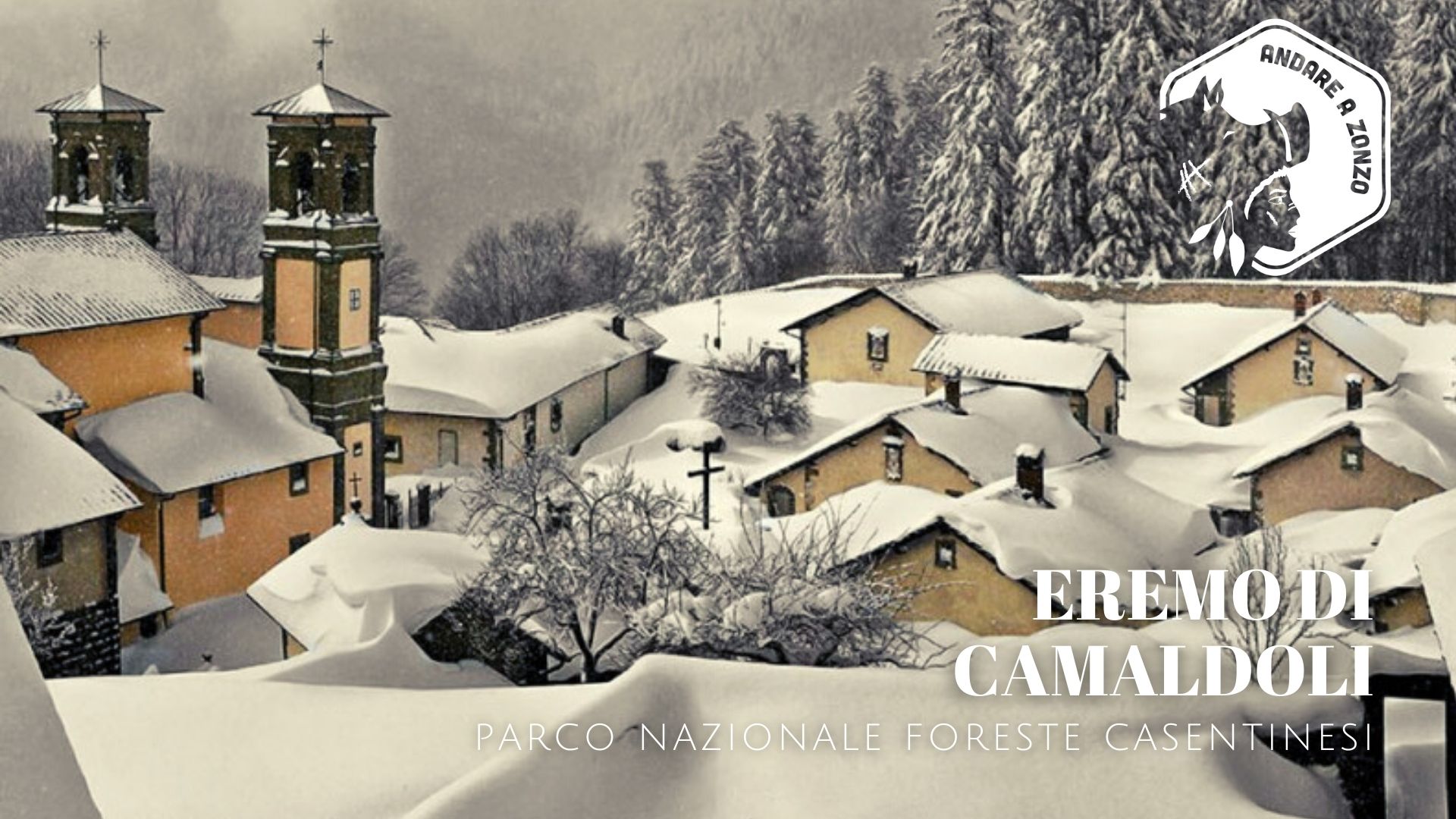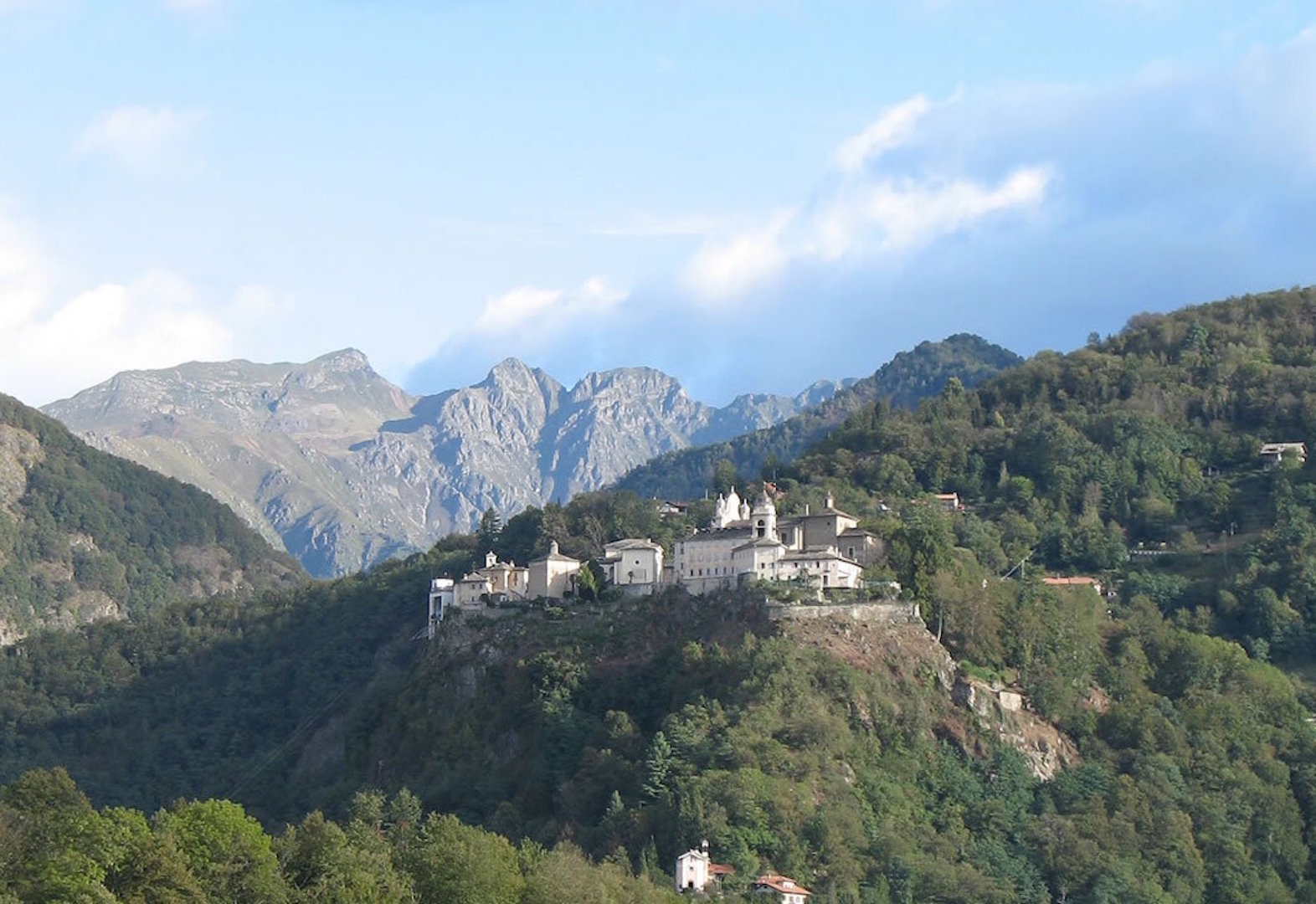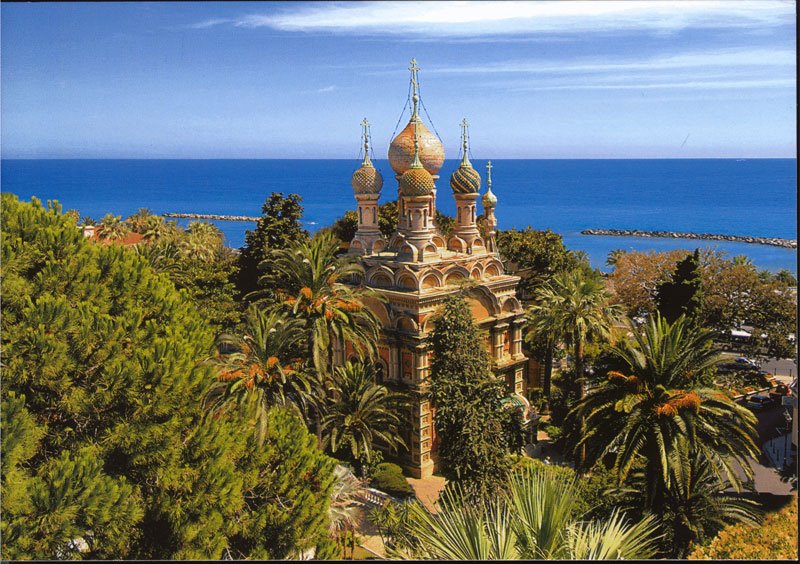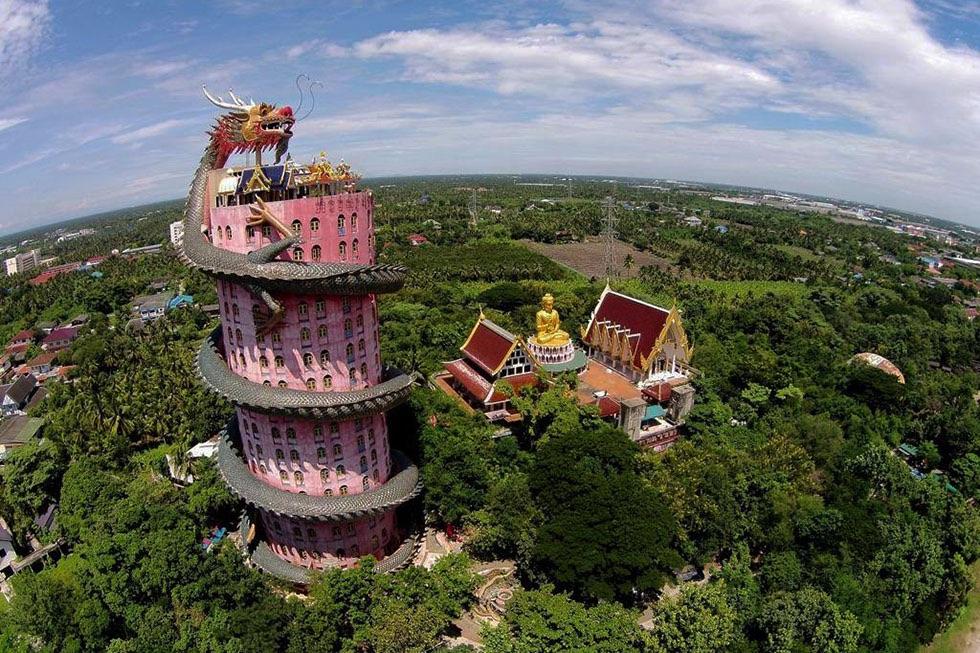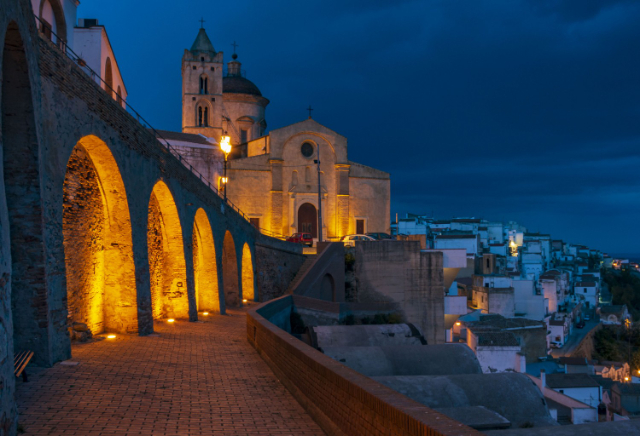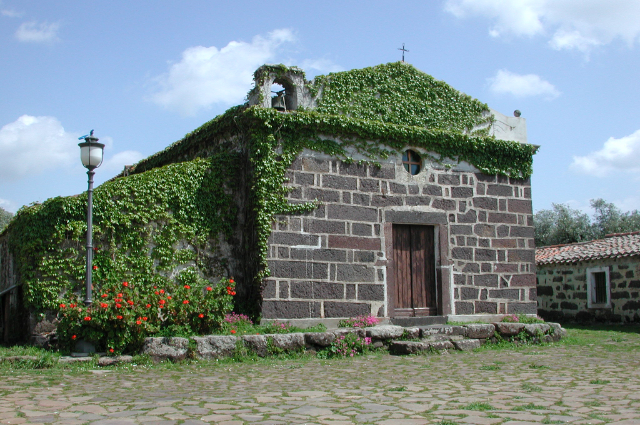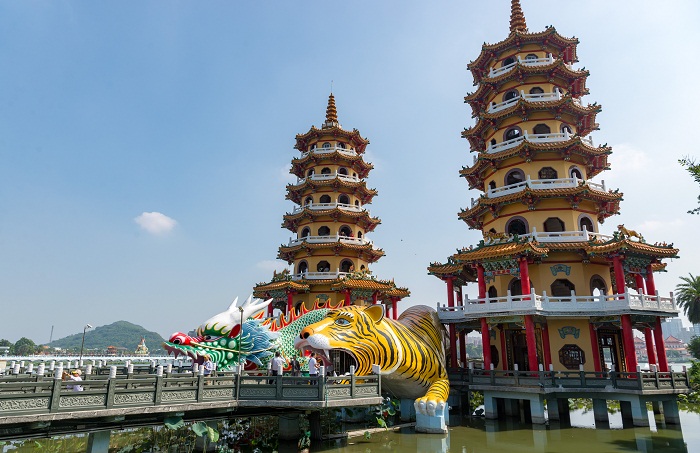The term Camaldoli, in Casentino, is used to indicate a vast area within the National Park of the Casentino Forests, rather than a single locality. This territory includes two places known worldwide as the Sacred Hermitage and the Monastery of Camaldoli set in an incredible natural context known for many centuries as the Camaldolese Forests, this name not so much because adjacent to the two religious places, but mainly because created by the same Benedictine monks since their settlement in this area now more than a thousand years ago.
The name Camaldoli derives from Maldolo, a Count from Arezzo who, according to legend, donated to Saint Romuald, the Benedictine monk who founded the Camaldolese Order, and some of his followers the land on which the Hermitage of Camaldoli was built.
The official date of the foundation of Camaldoli is 1012, even if several scholars have suggested that the birth of this monastic centre took place a few years later because the bishop of Arezzo who authorised the foundation, Teodaldo, was not yet present in 1012.
At that time, therefore, the monk Romualdo (Ravenna 952 circa, Fabriano 1027), who was already following several Benedictine hermitages, finding himself in Campo Amabile, a clearing at 1100 metres above sea level on the Tuscan side of the Tuscan-Romagna Apennines, decided to found a new hermitage in this place, certainly encouraged by the Bishop of Arezzo, which should have a "cut" different from the Benedictine ones already present in nearby Romagna. The future Saint Romuald therefore founded not only a new hermitage, but also a new order, the Camaldolese.
In the place which today is identified as the Hermitage of Camaldoli, the monk from Ravenna and his followers built the first five cells and a small oratory which was dedicated to the Transfiguration of Jesus and consecrated by Bishop Teodaldo of Arezzo in 1027, the year of the death of Romualdo who was elected Saint almost six centuries later, in 1595. The hermitage expanded quickly and the oratory, which had been built with poor materials, soon proved to be unsuitable. In the second decade of the 13th century, a church was built in its place and consecrated in 1220 by Cardinal Ugolino, a member of the Counts Segni family, the future Pope Gregory IX. Over the centuries the church underwent many restorations and structural changes. In the second half of the ‘600, because of a fire and to adapt it to the canons of the time, it was subjected to a real makeover. For this reason today it shows inside a strongly baroque style with lots of wood and golden stuccoes, all quite contrasting with the rest of the "environment" hermitage. In the church there are two important works of art out of the "baroque time": a glazed terracotta by Andrea Camaldoli, the Sacred Hermitage, obl? in nevedella Robbia of the end of XV century representing a Madonna with Child between the Saints Romualdo and Antonio Abate and the altarpiece of the high altar of 1563 by Agnolo di Cosimo di Mariano called "il Bronzino" representing the Crucifixion between the Saints Romualdo, Pietro, Paolo and Francesco. The façade of the church, which with its two large and peculiar twin bell towers represents an unmistakable symbol of the Hermitage of Camaldoli, was built at the beginning of the 18th century.
But the Hermitage of Camaldoli is not only its church. When you enter, your attention will be drawn first of all to the hermit’s area (not accessible to the public, but clearly visible from the gate) with the many well-ordered monk’s cells, the straight paved avenue that separates them, the dark crown of majestic firs in the background that frames the entire environment against the sky.
In the building in front of the church there is a door that leads into a sort of tunnel. It’s the access to the cell of San Romualdo. A place to visit with attention and silence so as to be able to understand and enter into the atmosphere that surrounds the choice of life of a hermit monk, in the Middle Ages as well as today.
CamaldoliSan Romualdo founded not only the Hermitage of Camaldoli. A little further down, in Fontebona (a name derived from the presence of a spring with abundant water of excellent quality), there was a neglected structure owned by the nearby abbey of Prataglia built a few years earlier, between 985 and 990, again on land donated by Count Maldolo. Romualdo reorganized this building where other monks found a place, whose functions must have been quite different from those who lived in the hermitage. Here it was important to have a continuous contact with people and the structure, modest at the time, had to function also as a hospice for pilgrims and wayfarers. Over the years, the decades and the centuries, this monastic complex grew enormously until, in the sixteenth century, it became the great structure known today as the Monastery of Camaldoli.
As well as the enormous and austere monastic complex as a whole, the internal cloisters are worth seeing, in particular the first one, the Maldolo cloister, which takes its name from the count who donated the land where the hermitage and monastery are located, the fascinating environments of the ancient trekking area, or simply the one which makes you disconnect from the hectic city life. Camaldoli, the cloister of Maldolo pharmacy where you can buy the famous products of the monks and the Church dedicated to Saints Donato and Ilariano. This church, rebuilt several times over the centuries, (the last time in the second half of the 18th century) presents in its interior a baroque style and is embellished with five panels and two predellas by the great painter-architect Giorgio Vasari from Arezzo. These works were painted by the artist for the previous church built at the beginning of the 16th century.
Sacro Eremo and Monastero di Camaldoli have much more to show, places of immense charm and high historical, cultural and artistic value such as the refectories of the monks, the cloister of the Monastery, the ancient library of Sacro Eremo. Places unfortunately not open to the public and visitable only for study reasons. This web section, however, can show them with images described in detail.
Camaldoli, as mentioned at the beginning, is also synonymous with beautiful and uncontaminated nature. In fact, it is located in the heart of the National Park of the Casentino Forests. In this area it is possible to make challenging excursions or relaxing walks that lead us among secular fir and beech woods, in mountain meadows, in places that offer breathtaking views.
So far we have talked about Camaldoli as a historical, artistic and naturalistic place. But Camaldoli is first of all a place of faith. Under this aspect it is known not only in Casentino and neighbouring lands, but in Tuscany, in Italy and beyond. Here, in addition to the usual religious functions, there are periodic meetings, conventions, recreational moments for the strengthening of one’s interiority (for the program of these activities and for much more information on this place consult www.camaldoli,it).
Camaldoli is also a place of welcome and hospitality for religious and non-religious tourism. The Sacred Hermitage can accommodate about twenty people in very simple rooms and equipped with the essential. Those who wish to spend a few days in this place can do so by immersing themselves in nature and in the hermitic spirit of the monks, alternating moments to be lived strictly with oneself with others to be shared with the monks and the other guests. The guest quarters of the Monastery can accommodate 170 people. Here come people who love various types of tourism. Certainly the religious one, but also the one directed to trekking, or simply the one that makes you disconnect from the hectic city life. Tourists dedicated to art or who make here their base to visit first of all Camaldoli, but then also the many other beauties that the Casentino valley offers.
Near Soci in Casentino is the Mausolea, a magnificent seventeenth-century villa owned by the Camaldolese monks and restored in 2007. Here too, in a large and elegant hall, meetings and conventions are held. But Villa Mausolea could also be defined as the agricultural branch of Camaldoli. Here, in fact, in the ancient cellars where you can still admire huge barrels from the 18th century, an excellent wine is produced. The grapes for the preparation of this are produced in nearby vineyards always owned by the Camaldolese. The wines produced are the Borbotto Rosso and Bianco, a vinsanto called Borbotto Passito and, the pride of the Camaldolese wine production, the Musileo. A liqueur wine obtained from a late harvest with grapes that have already partially dried in the vine and partially covered by beneficial moulds brought by the November humidity.
